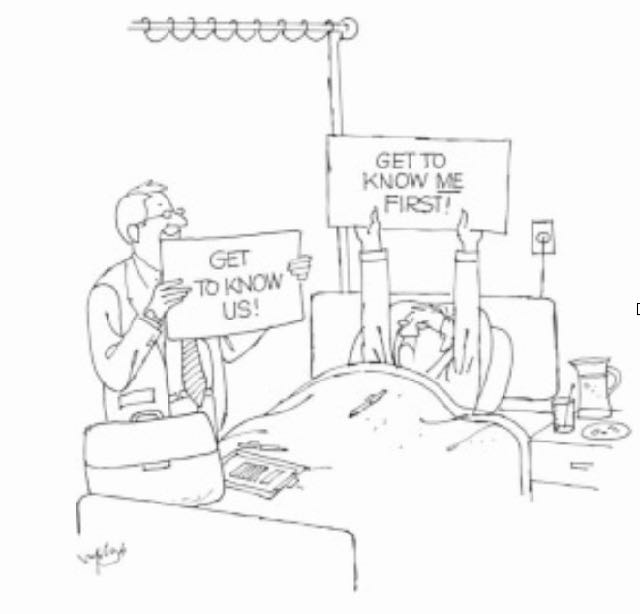Bridging the gap between patient and practitioner

Some people are good talkers, some are good listeners. Much has been written about the art of conversation. There are important similarities, and differences, between a consultation and a conversation, which are worth considering if the gap between practitioners and patients is to be bridged.
Both conversation and consultation usually involve two people, with communication in mind, communication in order to achieve an exchange of ideas. Conversation sounds less formal of the two, but in order to be judged satisfactory it needs to follow principles that are equally important for achieving a good consultation. For success, the specific purpose for each person involved needs keeping in mind. Conversation is a more relaxed and enjoyable affair, while consultation is necessarily more formal and serious.
Not all attempts at conversation are successful. Success is more likely when there is good rapport and a sense of empathy between those involved. This requires of both an interest in the other's point of view, and a willingness to share opinion and ideas. It is recommended that the time to talk and the time to listen are shared equally, but time without speaking is allowed, for contemplation. Consultation is similar to conversation on all these points, although the less formal nature of conversation may make them easier to achieve.
The mutual satisfaction that good conversation can generate is prevented by those involved focusing too much on their own points of view. In the medical consultation between practitioner and patient there is superficially a shared purpose. The patient has a problem, and the practitioner is there to provide a solution. However the approach to the problem by each involved can be so different that the enterprise can end in failure unless each have a chance to hear the other out, and are able to work with the other's perspective. Thus the practitioner will use closed questions to reach a diagnosis, but needs to use open questions to allow the patient's particular concerns to come to the surface. Balance is necessary for success, with some opportunity for contemplation and observation, even when time is short.
Although what is needed for success in both conversation and consultation can be natural attributes, it is important that training can make for success in both. Not many these days would attend classes in the art of conversation, but advice is easily available for those interested. And for both practitioners and patients there are also useful sources of important principles and best practice - both are advised to take responsibility for ensuring that the outcome of every consultation is mutual satisfaction that a problem has been shared and understood, and if not solved, there is an agreed plan on how to proceed.
Let us know what you think....add a COMMENT below!
